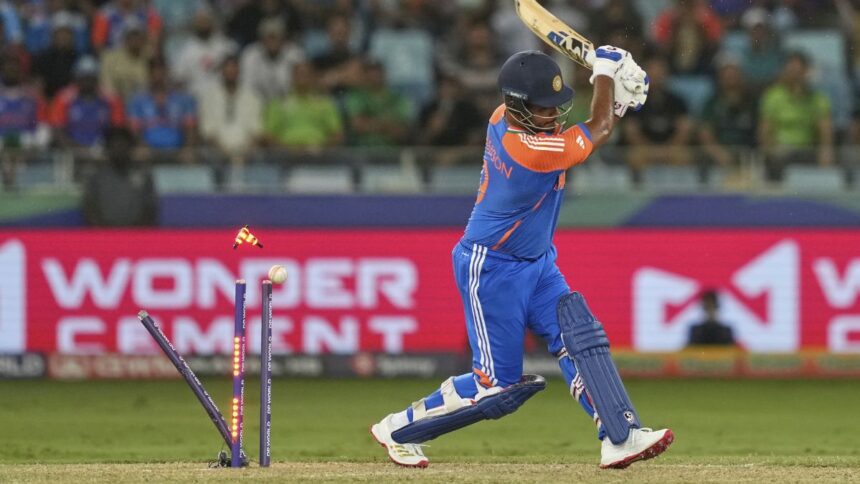Despite a middle-order collapse by India in their Super Four match against Bangladesh in the ongoing Asia Cup, Sanju Samson did not get an opportunity to bat. The team’s batting order was adjusted, with Shivam Dube promoted to number three, followed by Suryakumar Yadav at four, Tilak Varma at six, and Axar Patel at seven.
This strategic shift did not yield the desired results, as all four batters struggled to establish a rhythm. Hardik Pandya, playing at his regular position at number six, was the standout performer, scoring a solid 38 off 29 balls and helping to keep the scoring alive. In contrast, the rest of the middle order languished, each finishing with a strike rate below 100—a concerning statistic in T20 cricket where fast scoring is essential.
India’s head coach, Ryan ten Doeschate, had expressed support for Samson in the lead-up to the match, indicating that the management believed he was the most suitable candidate for the number five spot. “Samson has had two decent chances and he’s still figuring out how to play that role. The surface got a little bit tired in the Pakistan game. We believe Samson is the best man for that job, and we have no doubt he’ll figure out how to play that role in the future,” ten Doeschate told reporters.
Despite this endorsement, Samson was relegated in the batting order. The rationale appears to be centered around maintaining a left-right batting combination in the middle, yet the decision to position Samson at number eight is puzzling. Previously, during the England series and in the IPL, he opened the batting for India and his franchise, the Rajasthan Royals, respectively. However, with the return of Shubman Gill to the squad, Samson’s role has become increasingly constrained.










